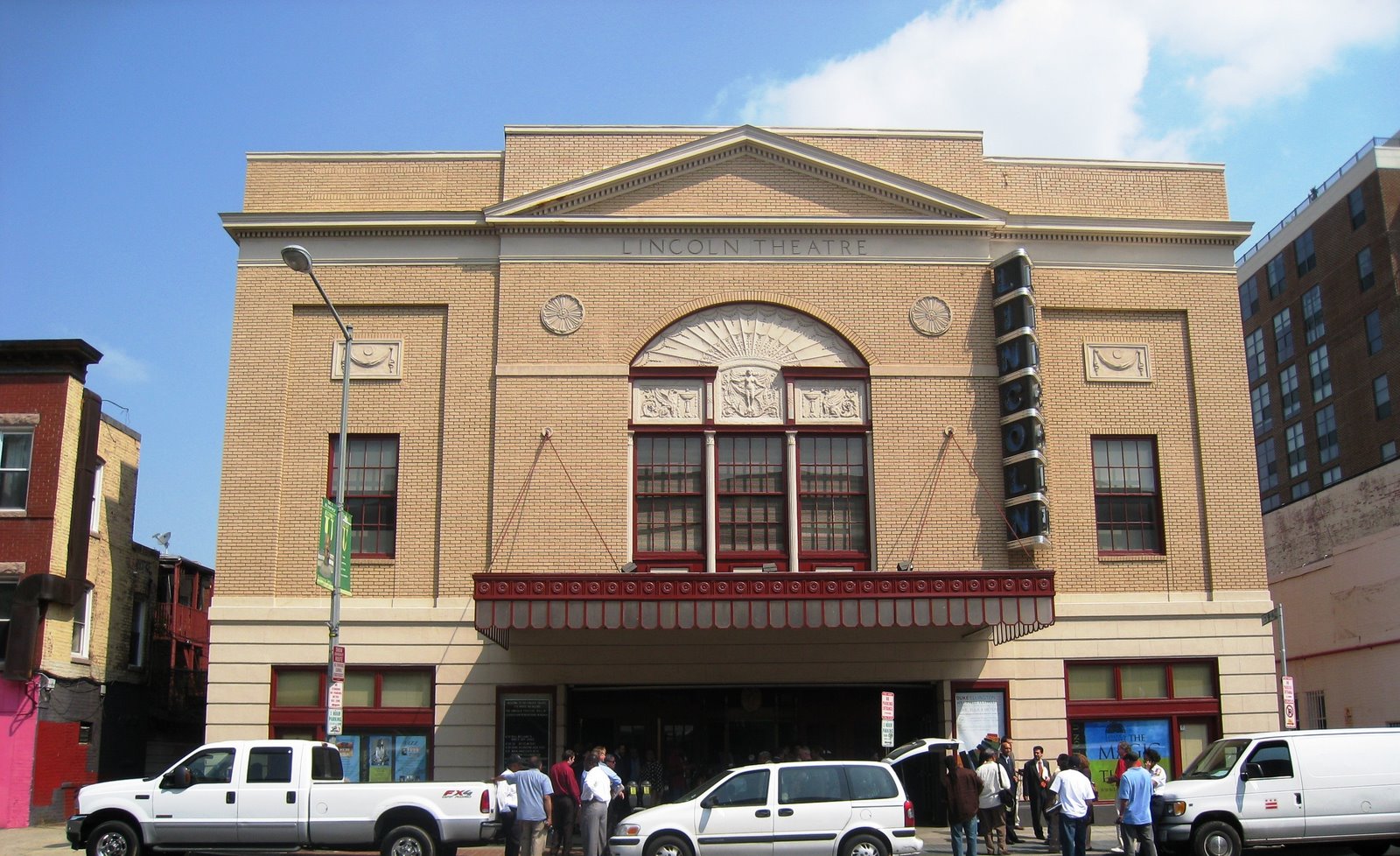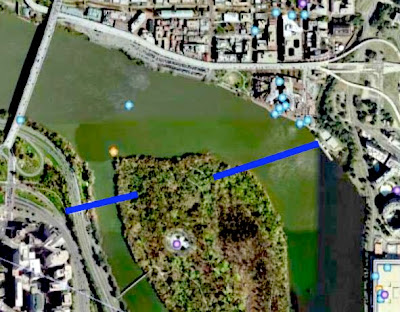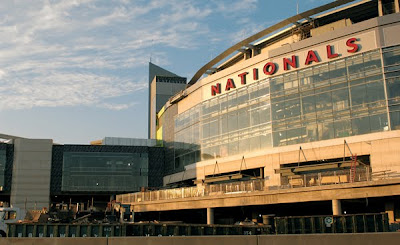 On Tuesday morning, the Montgomery County Council will vote on whether to move forward with a planned $89-million, 1,150-space parking garage in downtown Bethesda. If the vote passes, developers PN Hoffman and Stonebridge Associates would be able to proceed with their mixed-use project planned for the current Bethesda Lot 31, at the intersection of Bethesda and Woodmont Avenues (across
On Tuesday morning, the Montgomery County Council will vote on whether to move forward with a planned $89-million, 1,150-space parking garage in downtown Bethesda. If the vote passes, developers PN Hoffman and Stonebridge Associates would be able to proceed with their mixed-use project planned for the current Bethesda Lot 31, at the intersection of Bethesda and Woodmont Avenues (across  from the Barnes and Noble). But the project has some concerned organizations urging the Council to apply the brakes and postpone the vote to allow time to consider alternatives to the garage.
from the Barnes and Noble). But the project has some concerned organizations urging the Council to apply the brakes and postpone the vote to allow time to consider alternatives to the garage. 
But rather than add such massive garage space, the Coalition for Smarter Growth recommends that Bethesda consider making use of a “smart parking” system, similar to those used in Rockville Town Center and at the Baltimore/Washington International Airport. A digital readout at the entrance to a garage or floor of parking displays the number of available parking spaces to approaching motorists, reducing the time, traffic, and frustration used in circling for spots. As Cort puts it, “Bethesda was just a suburban outpost 30 years ago…[Now] Bethesda has grown up…The question is, how do we treat automobiles in this context?”
David Hauck, Chair of the Montgomery County Sierra Club, has a suggestion for how to assess this situation. “Step back, take a breath, and think about it,” he advises, “What will Bethesda look like five years from now?” If the pedestrian-, bike-, and Metro- supporting contingent has its way, says Hauck, the proposed parking garage will be a “white elephant.”
Update, May 7: According to a representative from the Montgomery County Council, at its work session today, the full Council tentatively approved the parking garage planned for Bethesda's Lot 31. While a few council members did raise concerns about the project, no one introduced a motion to overturn or alter granting approval. On May 22, the project is expected to receive the final go-ahead when the Council officially votes on the county government's capital budget. Any changes to the plan between now and then are unlikely.
































